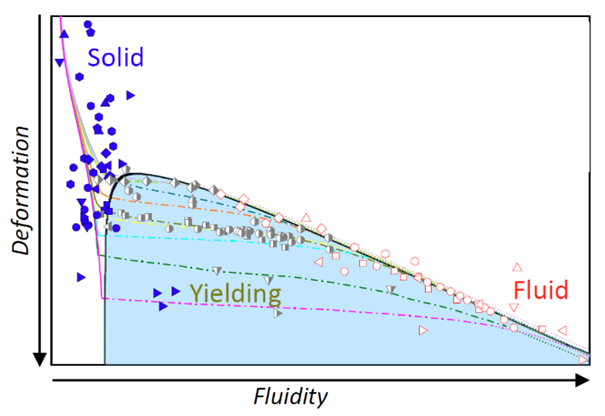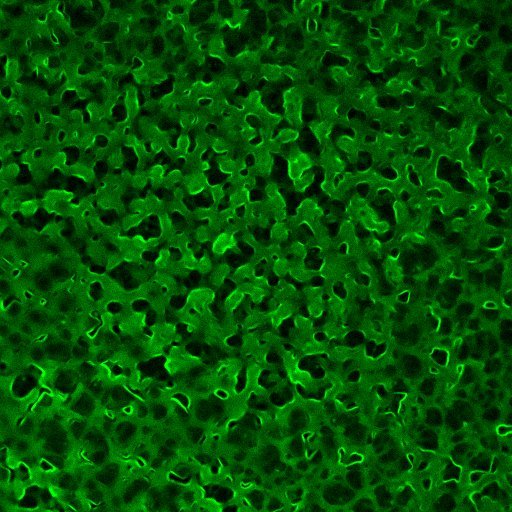Phase separation and ageing of glycine-rich protein
A study by researchers from SoftComp partner Wageningen University and Maastricht University in the Netherlands has shed new light on the mysterious adhesive mechanisms of ticks. The research delves into the phase separation and ageing of glycine-rich protein from tick adhesive, a previously unexplored bioadhesive.
Ticks, widespread ectoparasites, feed on hosts, including humans and cattle, for multiple days, securing themselves with a protein-rich saliva that forms a solid bioadhesive, a cement cone. The underlying mechanism of this liquid-to-solid transition has long been a mystery. The researchers focused on a protein family abundant in the tick saliva, the disordered glycine-rich proteins (GRPs). By synthesizing and microscopically studying a 77-amino acid-long GRP (tick-GRP77) found in the cement cone, the researchers discovered that tick-GRP77 undergoes liquid-liquid phase separation via simple coacervation to form biomolecular condensates in salty environments.
Chemical disruption and mutant studies revealed that cation–π and π–π interactions mediated by arginine and aromatic amino acid residues are the primary driving forces behind phase separation. Moreover, the researchers observed that the tick-GRP77 condensates exhibited ageing and underwent liquid-to-gel transition over time, demonstrating strong adhesive properties as measured via force spectroscopy.
These findings may have significant implications for the development of novel tick control strategies and biomedical applications, such as tissue sealants and medical sutures. The study’s results also highlight the potential for biotechnology innovation, leveraging the biocompatibility and material properties of GRP phase transitions. As researchers continue to explore the mysteries of tick adhesive, this study marks an important step forward in understanding the complex mechanisms underlying this fascinating biological process.
Read more:
Ganar K.A. et. al, Nat. Chem. (2024)
SoftComp partner:
Wageningen University & Research




